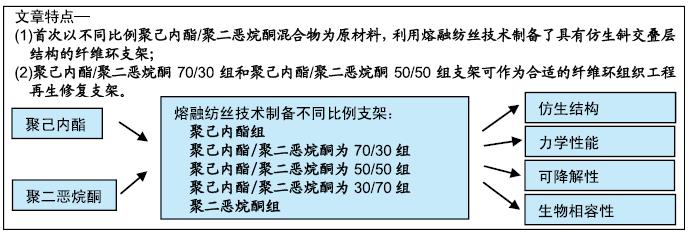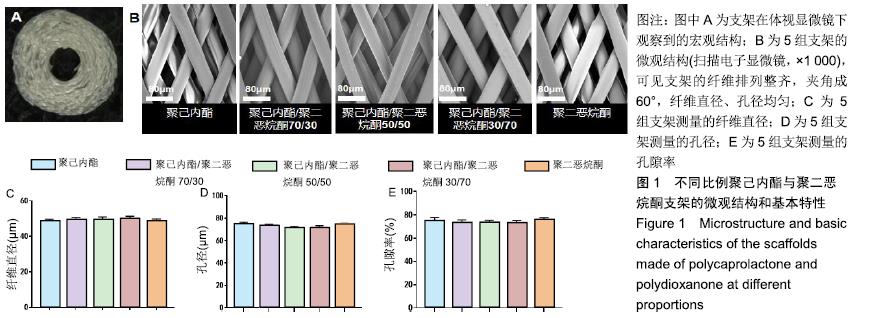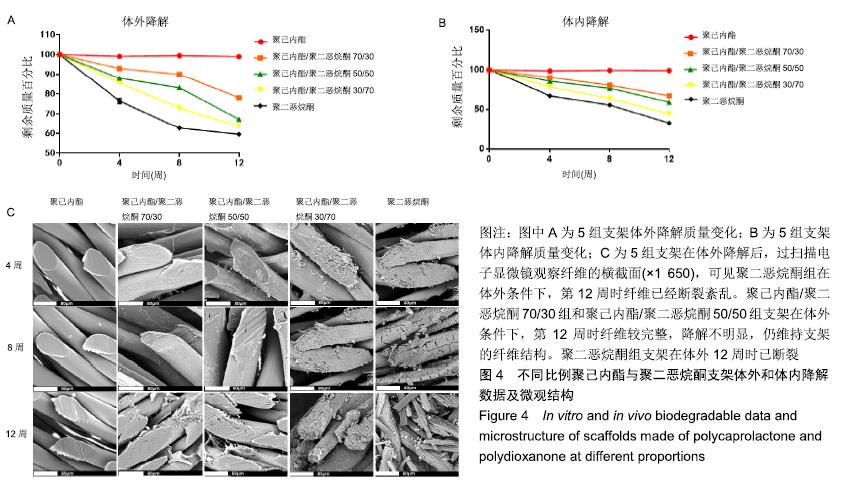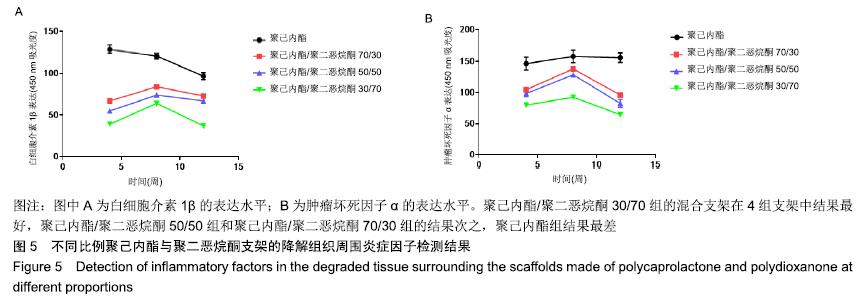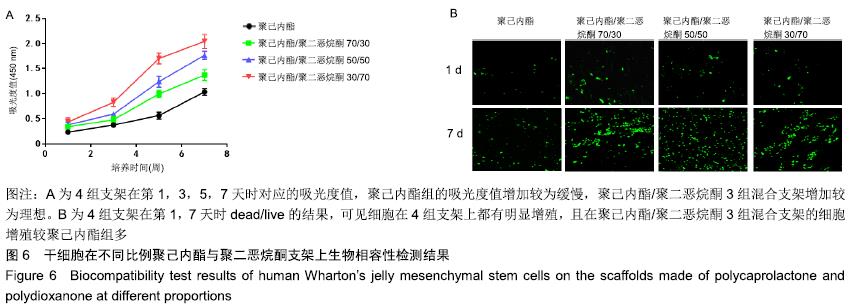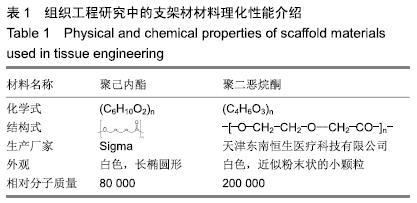[1] MA K, CHEN S, LI Z, et al. Mechanisms of endogenous repair failure during intervertebral disc degeneration. Osteoarthritis Cartilage. 2018;27(1):41-48.
[2] HAN I, ROPPER AE, KONYA D, et al. Biological approaches to treating intervertebral disk degeneration: devising stem cell therapies. Cell Transplant. 2015;24(11):2197-2208.
[3] GU H, CHANG Y, ZENG S, et al. Wallis Interspinous Spacer for Treatment of Primary Lumbar Disc Herniation: Three-Year Results of a Randomized Controlled Trial. World Neurosurg. 2018;120:e1331-e1336.
[4] AHLGREN BD, LUI W, HERKOWITZ HN, et al. Effect of anular repair on the healing strength of the intervertebral disc: a sheep model. Spine (Phila Pa 1976). 2000;25(17): 2165-2170.
[5] BATEMAN AH, BALKOVEC C, AKENS MK, et al. Closure of the annulus fibrosus of the intervertebral disc using a novel suture application device-in vivo porcine and ex vivo biomechanical evaluation. Spine J. 2016;16(7):889-895.
[6] SCHUTGENS EM, TRYFONIDOU MA, SMIT TH, et al. Biomaterials for intervertebral disc regeneration: past performance and possible future strategies. Eur Cell Mater. 2015;30:210-231.
[7] RAJ PP. Intervertebral disc: anatomy-physiology-pathophysiology-treatment. Pain Pract. 2008;8(1):18-44.
[8] CHIANG CJ, CHENG CK, SUN JS, et al. The effect of a new anular repair after discectomy in intervertebral disc degeneration: an experimental study using a porcine spine model. Spine (Phila Pa 1976). 2011;36(10):761-769.
[9] WANG F, SHI R, CAI F, et al. Stem Cell Approaches to Intervertebral Disc Regeneration: Obstacles from the Disc Microenvironment. Stem Cells Dev. 2015;24(21):2479-2495.
[10] MAKHNI MC, CALDWELL JM, SAIFI C, et al. Tissue engineering advances in spine surgery. Regen Med. 2016; 11(2):211-222.
[11] BOWLES RD, SETTON LA. Biomaterials for intervertebral disc regeneration and repair. Biomaterials. 2017;129:54-67.
[12] ZHANG H, YU S, ZHAO X, et al. Stromal cell-derived factor-1α-encapsulated albumin/heparin nanoparticles for induced stem cell migration and intervertebral disc regeneration in vivo. Acta Biomater. 2018;72:217-227.
[13] ISHIGURO H, KAITO T, YARIMITSU S, et al. Intervertebral disc regeneration with an adipose mesenchymal stem cell-derived tissue-engineered construct in a rat nucleotomy model. Acta Biomater. 2019;87:118-129.
[14] ZHANG Y, TAO H, GU T, et al. The effects of human Wharton's jelly cell transplantation on the intervertebral disc in a canine disc degeneration model. Stem Cell Res Ther. 2015; 6:154.
[15] ZHAO N, LV Z, MA J, et al. Fabrication of hydrophilic small diameter vascular foam scaffolds of poly(ε-caprolactone)/ polylactic blend by sodium hydroxide solution. Eur Polymer J. 2019;110:31-40 .
[16] 李麒峰,徐宝山,杨强,等.聚己内酯/海藻酸钠/壳聚糖材料制备组织工程椎间盘双相支架[J].天津医药,2018,46(4):337-340.
[17] CHOI DJ, CHOI SM, KANG HY, et al. Bioactive fish collagen/polycaprolactone composite nanofibrous scaffolds fabricated by electrospinning for 3D cell culture. J Biotechnol. 2015;205:47-58.
[18] HAN CM, LIH E, CHOI SK, et al. Biodegradable sheath-core biphasic monofilament braided stent for bio-functional treatment of esophageal strictures. J Ind Eng Chem. 2018; 67:396-406.
[19] GUPTA D, SHARMA U, CHAUHAN S, et al. Improved outcomes of scar revision with the use of polydioxanone suture in comparison to polyglactin 910: A randomized controlled trial. J Plast Reconstr Aesthet Surg. 2018;71(8): 1159-1163.
[20] HOYER B, BERNHARDT A, HEINEMANN S, et al. Biomimetically mineralized salmon collagen scaffolds for application in bone tissue engineering. Biomacromolecules. 2012;13(4):1059-1066.
[21] PAN Y, ZHOU X, WEI Y, et al. Small-diameter hybrid vascular grafts composed of polycaprolactone and polydioxanone fibers. Sci Rep. 2017;7(1):3615.
[22] LONG RG, ROTMAN SG, HOM WW, et al. In vitro and biomechanical screening of polyethylene glycol and poly(trimethylene carbonate) block copolymers for annulus fibrosus repair. J Tissue Eng Regen Med. 2017;12(2): e727-e736.
[23] BOWLES RD, SETTON LA. Biomaterials for intervertebral disc regeneration and repair. Biomaterials. 2017;129:54-67.
[24] LI J, LIU C, GUO Q, et al. Regional variations in the cellular, biochemical, and biomechanical characteristics of rabbit annulus fibrosus. PLoS One. 2014;9(3):e91799.
[25] YU J, SCHOLLUM ML, WADE KR, et al. ISSLS Prize Winner: A Detailed Examination of the Elastic Network Leads to a New Understanding of Annulus Fibrosus Organization. Spine (Phila Pa 1976). 2015;40(15):1149-1157.
[26] PATTAPPA G, LI Z, PEROGLIO M, et al. Diversity of intervertebral disc cells: phenotype and function. J Anat. 2012; 221(6):480-496.
[27] LI X, DOU Q, KONG Q. Repair and Regenerative Therapies of the Annulus Fibrosus of the Intervertebral Disc. J Coll Physicians Surg Pak. 2016;26(2):138-144.
[28] IATRIDIS JC, NICOLL SB, MICHALEK AJ, et al. Role of biomechanics in intervertebral disc degeneration and regenerative therapies: what needs repairing in the disc and what are promising biomaterials for its repair? Spine J. 2013; 13(3):243-262.
[29] HOOGENDOORN RJ, LU ZF, KROEZE RJ, et al. Adipose stem cells for intervertebral disc regeneration: current status and concepts for the future. J Cell Mol Med. 2008;12(6a): 2205-2216.
[30] SATO M, KIKUCHI M, ISHIHARA M, et al. Tissue engineering of the intervertebral disc with cultured annulus fibrosus cells using atelocollagen honeycombshaped scaffold with a membrane seal (ACHMS scaffold). Med Biol Eng Comput. 2003;41(3):365-371.
[31] VADALÀ G, RUSSO F, DI MARTINO A, et al. Intervertebral disc regeneration: from the degenerative cascade to molecular therapy and tissue engineering. J Tissue Eng Regen Med. 2013;9(6):679-690.
[32] DU L, YANG Q, ZHANG J, et al. Engineering a biomimetic integrated scaffold for intervertebral disc replacement. Mater Sci Eng C Mater Biol Appl. 2018;96:522-529.
[33] 李玉东,徐源,周强,等.聚乳酸-聚己内酯组织工程纤维环支架的制备及其性能研究[J].第三军医大学学报,2014,36(9):914-918.
[34] BLAKENEY BA, TAMBRALLI A, ANDERSON JM, et al. Cell infiltration and growth in a low density, uncompressed three-dimensional electrospun nanofibrous scaffold. Biomaterials. 2010;32(6):1583-1590.
[35] THOMAS R, RAO A, CHAUHAN NS, et al. Melt spinning: A rapid and cost effective approach over ball milling for the production of nanostructured p-type Si 80 Ge 20 with enhanced thermoelectric properties. J Alloys Comp. 2019;781: 344-350..
[36] PADMAKUMAR S, PAUL-PRASANTH B, PAVITHRAN K, et al. Long-term drug delivery using implantable electrospun woven polymeric nanotextiles. Nanomedicine. 2018;15(1):274-284.
[37] BENZ K, STIPPICH C, FISCHER L, et al. Intervertebral disc cell- and hydrogel-supported and spontaneous intervertebral disc repair in nucleotomized sheep. Eur Spine J. 2012;21(9): 1758-1768.
|
